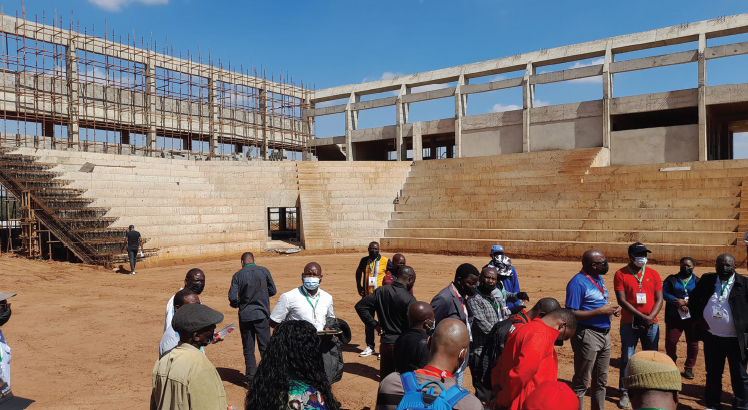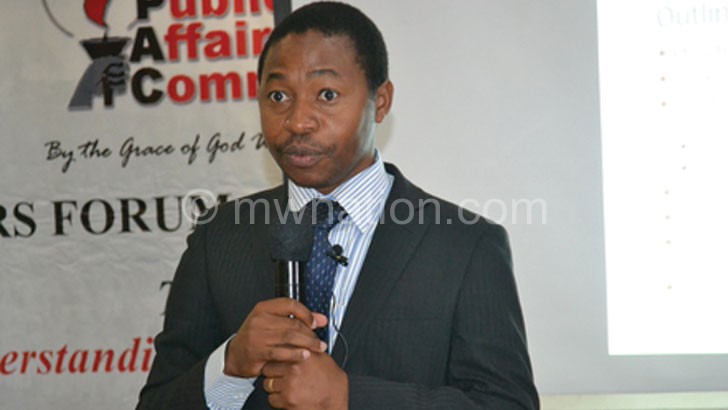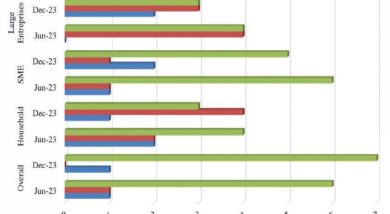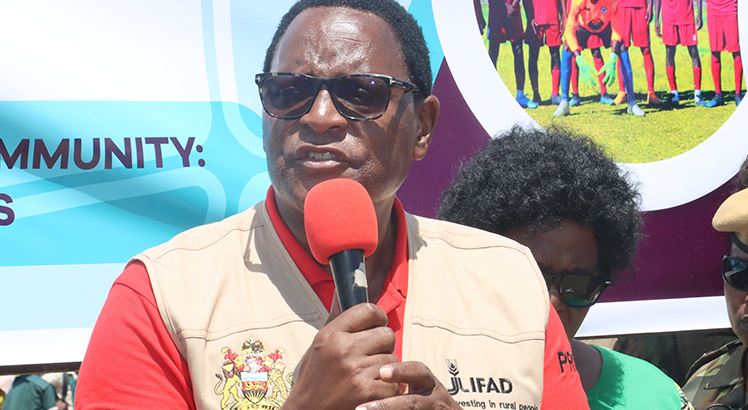Sports facilities get k6 billion
Government has allocated about K6 billion to three sports facility projects in the 2022/23 fiscal year.
The 2022 Public Sector Investment Programme (Psip) shows that the construction of the Griffin Saenda National Indoor Sports Complex in Lilongwe is the major beneficiary with a K4.5 billion allocation for its completion.
The construction of Mzuzu Youth Centre has received K1bn for phase one, which involves the construction of an administration block while the rehabilitation of the BAT Ground in Blantyre has been given K400 million.
However, a youth organisation in the Northern Region says the five percent allocation of the estimated K19.8 billion projected cost to Mzuzu Youth Centre is a raw deal considering that it is the oldest project that has witnessed three ground-breaking ceremonies since 2010.

Mzuzu Youth Association (MYA) coordinator Francis Chirambo yesterday said they feel betrayed to note that some projects such as the indoor sports complex in Lilongwe will be completed this year yet there has been nothing to show at the Mzuzu Youth Centre site for over the last decade.
“It is a big joke to note that an already long-overdue K19.8 billion project has been allocated K1bn over a decade after its first ground-breaking ceremony, yet projects that came later are taking shape or are being completed,” he said.
“Now, at this pace, it means we should endure another decade of agony to see the Mzuzu Youth Centre dream turning into reality. We need an explanation on why things happen like this.”
He also wondered why there is still nothing on the ground for the youth centre despite the 2022 Psip indicating that Treasury spent about K87 million on the project.
The Mzuzu Youth Centre is expected to solve the inadequacy of standard sports facilities in the Northern Region, which heavily relies on Mzuzu and Karonga stadiums for activities.
Ministry of Youth and Sports spokesperson Andrew Nyondo yesterday said the youth have genuine concerns, “but they should not get worried because the project will start soon”.
He said: “The project is indeed long overdue, but what they should know is that construction will start soon as we already advertised notice on the successful bidder.”
As for the K7.9 billion Indoor Complex in Lilongwe, it is expected to be completed before December as it is scheduled to host the African Union Sports Council (Ausc) Region 5 Games this year.
Before the latest allocation, about K3.2 billion had been spent on the 5 000-seater complex, whose construction is at an advanced stage.
In Blantyre, rehabilitation of the BAT Ground has been allocated K400 million. The project’s total cost is K1.8 billion.
Malawi National Council of Sports spokesperson Edgar Ntulumbwa yesterday said after the construction of a brick-wall fence, booths, drainage system and guard house in the project’s first phase, the new allocation will be used for pitch repositioning and the erection of stands in the second phase.
“After the national budget was passed a few months ago, we are in the process of identifying a contractor and analysing consultants. Construction will be underway soon and we plan that the project should be completed by the end of 2025,” he said.
According to the Psip, Blantyre City has a single Youth Centre with one football ground that the youth can easily access and the rehabilitation of the BAT Ground will ease the pressure on Kamuzu Stadium.
Malawi has inadequate high-standard sports facilities, forcing athletes and disciplines to struggle in their preparations for competitions.
On how government will ensure that the allocations are used for the intended sports projects, Secretary to the Treasury McDonald Mafuta Mwale said systems are already in place for budget implementation.
He said: “The Public Finance Management Act stipulates that approved funds ought to be used for the intended purpose, otherwise it could be an audit query.
“Funding for the projects is based on works completion certificate. So, once an agreed milestone is completed, payment is made after proper certification by relevant authorities.”





